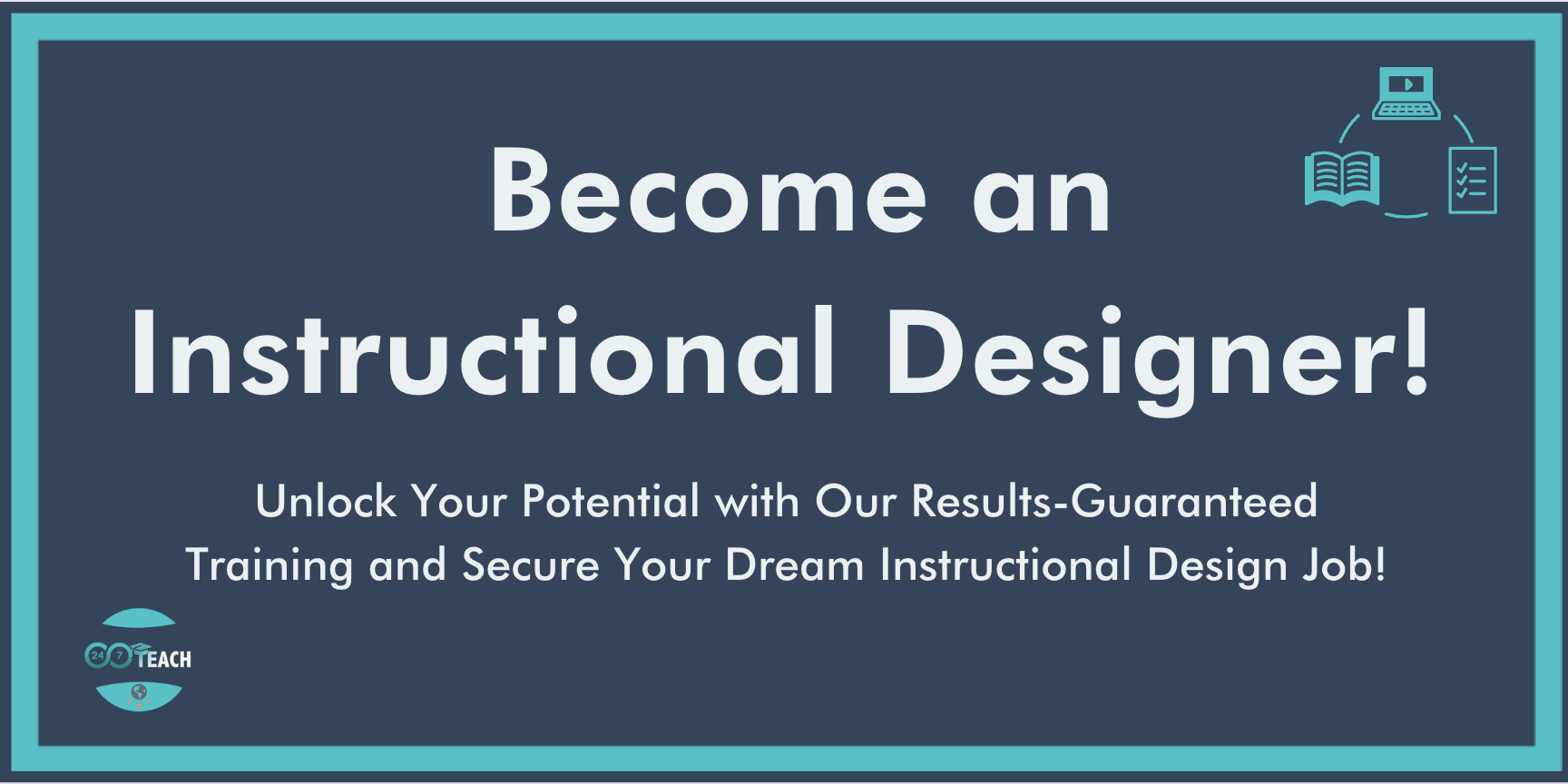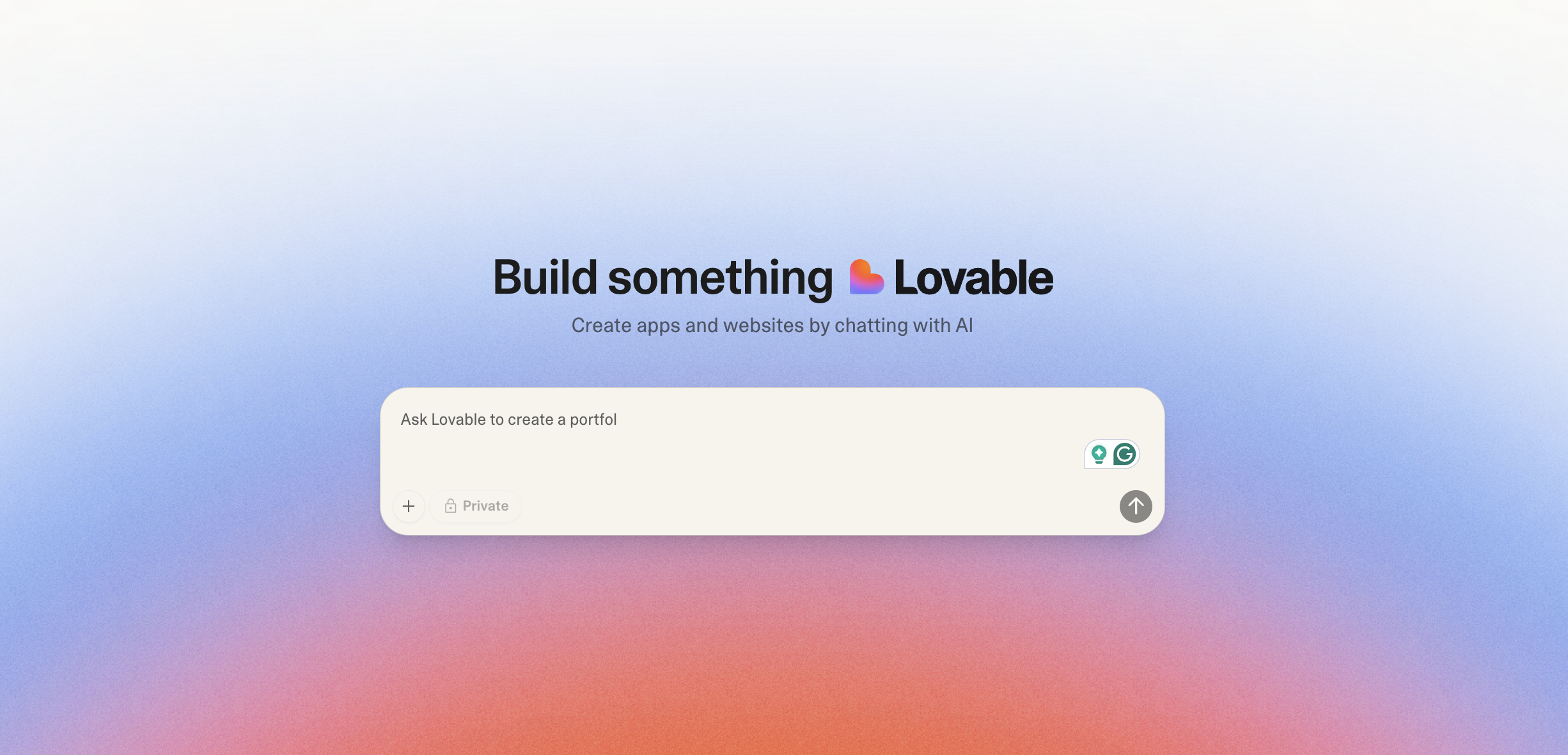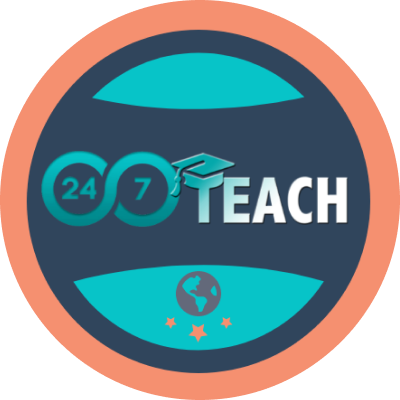The 3 Crucial Skills Every Successful Instructional Designer Needs…
By Anthony Miller
Lead Instructional Designer and Trainer
Prefer to listen to this post? Click below.
Selling, Inspiring, and Enrolling:
In the evolving field of instructional design, it’s no longer sufficient to be adept at designing effective and engaging learning experiences. Instructional designers must also master selling, inspiring, and enrolling their stakeholders. These skills are essential for gaining buy-in, securing resources, and ensuring the successful implementation of instructional projects. Whether working with corporate clients, educational institutions, or individual learners, selling your ideas, inspiring confidence and enthusiasm, and enrolling others in your vision is critical to your success.
In this post will explore why these skills are important and provide specific techniques for effectively selling, inspiring, and enrolling your stakeholders.
The Importance of Selling, Inspiring, and Enrolling
Selling:
Selling is more than convincing someone to buy a product or service. For instructional designers, selling involves clearly communicating the value of your instructional solutions and convincing stakeholders of their potential impact. This skill is crucial for:
Securing Buy-In: You must persuade decision-makers that your instructional design solutions are worth investing in.
Obtaining Resources: Convincing stakeholders to allocate the necessary budget, tools,
Ensuring Implementation: Getting stakeholders to commit to implementing your designs as intended is crucial for their success.
Inspiring:
Inspiring stakeholders involves generating excitement and enthusiasm for your instructional design projects. When stakeholders are inspired, they are more likely to support your initiatives and contribute to their success. This is important for:
Building Support: Inspiring enthusiasm helps build a coalition of supporters who can champion your project.
Fostering Collaboration: Inspired stakeholders are more likely to collaborate and contribute positively to the project.
Driving Engagement: Ensuring that those involved in the implementation of your design are fully engaged and motivated.
Enrolling:
Enrolling stakeholders means actively involving them in your vision and ensuring their ongoing commitment. This skill is vital for:
Creating Ownership: When stakeholders feel enrolled, they take ownership of the project and are more invested in its success.
Ensuring Sustainability: Enrolled stakeholders are more likely to support and sustain your initiatives over the long term.
Facilitating Change: Enrolling stakeholders can help overcome resistance to change and ensure the smooth implementation of new instructional strategies.
Techniques for Selling, Inspiring, and Enrolling Stakeholders
Selling Techniques:
Understand Your Audience: Before you can sell your ideas, you need to understand the needs, concerns, and motivations of your stakeholders. Conduct thorough research and listen to their feedback to tailor your pitch accordingly.
Highlight Benefits: Focus on the benefits of your instructional design solutions. Explain how they will solve specific problems, improve performance, or enhance learning outcomes. Use data and case studies to support your claims.
Create a Compelling Value Proposition: Clearly articulate the unique value your design brings. Explain what sets it apart from other solutions and why it is the best choice for your stakeholders.
Use Persuasive Communication: Employ persuasive communication techniques such as storytelling, metaphors, and analogies to make your pitch more relatable and engaging.
Address Objections Proactively: Anticipate potential objections and address them proactively in your pitch. This demonstrates that you have thoroughly considered all aspects of the project and are prepared to handle challenges.
Inspiring Techniques:
Share a Vision: Clearly articulate a compelling vision for your instructional design project. Explain the broader impact it will have and why it is important. This helps stakeholders see the bigger picture and get excited about the potential outcomes.
Use Storytelling: Stories are powerful tools for inspiration. Share success stories of previous projects or personal anecdotes that illustrate the positive impact of your instructional designs. This makes your vision more tangible and relatable.
Be Passionate: Your enthusiasm and passion for the project can be contagious. Show genuine excitement and commitment to your work, and stakeholders are more likely to feel the same.
Involve Stakeholders Early: Involve key stakeholders early in the project. Seek their input and feedback, and make them feel like valued contributors. This increases their sense of ownership and investment in the project.
Celebrate Milestones: Recognize and celebrate achievements and milestones throughout the project. This keeps stakeholders motivated and reinforces their belief in the project’s success.
Enrolling Techniques:
Build Relationships: Invest time in building strong relationships with your stakeholders. Trust and rapport are critical for enrolling others in your vision. Regular communication and genuine interest in their needs and perspectives go a long way.
Collaborate and Co-Create: Involve stakeholders in the design process. Collaborate and co-create solutions with them
. This ensures that their ideas and feedback are incorporated, increasing their commitment to the project.
Provide Clear Roles and Responsibilities: Clearly define roles and responsibilities for all stakeholders involved in the project. This ensures everyone knows what is expected of them and can contribute effectively.
Communicate Regularly: Keep stakeholders informed and engaged through regular updates and communication. Share progress, challenges, and successes. This keeps them connected to the project and reinforces their commitment.
Seek Feedback and Iterate: Continuously seek feedback from stakeholders and be willing to iterate and improve your designs based on their input. This demonstrates that you value their contributions and are committed to delivering the best possible solution.
Personal Insights from an Experienced Instructional Designer:
Having worked in the field of instructional design for over 13 years, I’ve seen firsthand the transformative power of mastering these skills. Early in my career, I focused primarily on the technical aspects of instructional design—creating engaging content, designing interactive modules, and ensuring alignment with learning objectives. However, I quickly realized that no matter how well-crafted my designs were, their impact was limited without stakeholder buy-in.
One of the most pivotal moments in my career was when I was tasked with redesigning a comprehensive training program for a large corporation. The existing program was outdated and ineffective, and the stakeholders were skeptical about investing in a complete overhaul. Here’s how I applied the techniques of selling, inspiring, and enrolling to turn this project into a resounding success:
Selling the Vision:
To sell the vision, I began by conducting a thorough needs analysis to understand the company’s pain points and the specific outcomes they desired from the training program. I then developed a detailed proposal highlighting how the new design would address these issues, improve employee performance, and ultimately contribute to the company’s bottom line. I used data and case studies from similar projects to support my claims, which helped build credibility and trust.
During presentations, I employed persuasive communication techniques. Instead of bombarding stakeholders with technical jargon, I used simple, relatable metaphors to explain complex concepts. This made my pitch more accessible and engaging, helping stakeholders grasp the value of the new design.
Inspiring Stakeholders:
Inspiring stakeholders requires a different approach. I needed to move beyond logic and data to connect with them on an emotional level. I shared a compelling vision of what the future could look like with the new training program. I painted a vivid picture of empowered employees, improved performance metrics, and a culture of continuous learning and development.
Storytelling played a crucial role in this process. I shared success stories from previous projects, highlighting how similar interventions had led to significant improvements. I also incorporated personal anecdotes, illustrating my own journey and passion for instructional design. My enthusiasm and genuine belief in the project’s potential were contagious, helping to inspire stakeholders and build momentum.
Enrolling Stakeholders:
Enrolling stakeholders meant ensuring their active involvement and commitment throughout the project. I built strong relationships with key decision-makers, regularly seeking their input and feedback. This collaborative approach made them feel valued and included, fostering a sense of ownership and investment in the project.
I also established clear roles and responsibilities for all team members, ensuring everyone knew what was expected of them. Regular communication was key to maintaining engagement and addressing any concerns or challenges that arose. By keeping stakeholders informed and involved, I was able to navigate the complexities of the project and ensure its successful implementation.
Inspiring and Enrolling Interviewers in the Job Interview Process:
The skills of selling, inspiring, and enrolling are not just useful for project stakeholders—they are also crucial during the job interview process. Here’s how you can apply these techniques to inspire and enroll your interviewers:
Selling Yourself:
Understand the Company’s Needs: Research the company thoroughly to understand its needs, challenges, and goals. Tailor your responses to demonstrate how your skills and experience align with their specific needs.
Highlight Your Unique Value Proposition: Clearly articulate what sets you apart from other candidates. Share specific examples of your past successes and how they can benefit the company.
Be Prepared to Address Objections: Anticipate potential concerns or objections the interviewers might have and be prepared to address them confidently and effectively.
Inspiring Interviewers:
Share Your Vision: Explain your vision for your role at the company and how you plan to contribute to its success. Show that you are not just looking for a job, but are passionate about making a positive impact.
Tell Compelling Stories: Share stories that highlight your achievements, problem-solving skills, and the positive impact of your work. Make your experiences come to life and resonate with the interviewers.
Demonstrate Enthusiasm: Show genuine enthusiasm and passion for the role and the company. Your excitement can inspire interviewers and make them more interested in bringing you on board.
Enrolling Interviewers:
Build Rapport: Establish a connection with your interviewers. Find common ground and build rapport to create a positive and collaborative atmosphere during the interview.
Collaborate on Ideas: If appropriate, engage your interviewers in discussions about potential projects or improvements you could contribute to within the company. This collaborative approach shows that you are already thinking like a team member and are eager to add value.
Express Your Commitment: Clearly express your commitment to the role and the company. Show that you are dedicated to contributing to the company’s long-term success and are ready to invest your time and energy into making a meaningful impact.
Seek Feedback: At the end of the interview, ask for feedback. This demonstrates that you are open to continuous improvement and are serious about understanding how you can best fit into the organization.
Follow-up: After the interview, send a personalized thank-you note to each interviewer. Mention specific points from the discussion that you found particularly interesting or valuable. This reinforces your interest in the position and leaves a positive impression.
Techniques in Action: A Case Study from My Experience
To illustrate these techniques in action, let me share a detailed case study from my own experience.
The Challenge:
Several years ago, I was tasked with designing a comprehensive e-learning program for a multinational delivery corporation. The company was experiencing high employee turnover and low engagement, and it needed a solution that would improve skills and boost morale and retention. The project required significant investment, and the stakeholders were initially skeptical about the proposed changes.
Selling the Solution:
Understanding the Audience: I began by conducting a thorough analysis of the company's pain points and goals. I interviewed various departments to understand their specific challenges and needs.
Highlighting Benefits: I presented a detailed proposal that highlighted how the new e-learning program would address these challenges. I included data from similar projects that showed improved engagement and reduced turnover rates.
Creating a Compelling Value Proposition: I clearly articulated the program's unique aspects, such as its interactive modules, personalized learning paths, and real-time feedback mechanisms. I explained how these features would improve learning outcomes and increase job satisfaction.
Using Persuasive Communication: During my presentations, I used storytelling to make the benefits more relatable. I shared a story about a similar company that saw a dramatic improvement in employee engagement after implementing a similar program.
Addressing Objections: I anticipated potential objections about the cost and time required for implementation. I prepared detailed responses that addressed these concerns, showing how the long-term benefits outweighed the initial investment.
Inspiring Stakeholders:
Sharing a Vision: I painted a vivid picture of what the company could look like with a fully engaged and highly skilled workforce. I emphasized the potential for innovation, increased productivity, and a positive work culture.
Using Storytelling: I shared success stories from other projects, highlighting real-life examples of employees who transformed their careers through similar e-learning programs. These stories made the potential impact of the project more tangible.
Being Passionate: My genuine enthusiasm for the project was evident in all my interactions. I was truly passionate about the potential of the e-learning program to make a difference, and this passion was contagious.
Involving Stakeholders Early: I involved key stakeholders from the beginning, seeking their input and feedback on the program's design. This made them feel like valued contributors and increased their investment in the project's success.
Celebrating Milestones: Throughout the development and implementation of the program, I made it a point to celebrate each milestone. This kept the stakeholders motivated and reinforced their belief in the project's success.
Enrolling Stakeholders:
Building Relationships: I spent time building strong relationships with key stakeholders, regularly communicating and listening to their concerns. This helped build trust and rapport, which was crucial for enrolling them in the project.
Collaborating and Co-Creating: I involved stakeholders in the design process, encouraging them to share their ideas and feedback. This collaborative approach ensured that the final product met their needs and increased their commitment to the project's success.
Providing Clear Roles and Responsibilities: I clearly defined the roles and responsibilities of all team members involved in the project. This ensured that everyone knew what was expected of them and could contribute effectively.
Communicating Regularly: I kept stakeholders informed and engaged through regular updates and communication. I shared progress, challenges, and successes, keeping them connected to the project and reinforcing their commitment.
Seeking Feedback and Iterating: I continuously sought feedback from stakeholders and was willing to iterate and improve the designs based on their input. This demonstrated that I valued their contributions and was committed to delivering the best possible solution.
Conclusion
In conclusion, mastering the skills of selling, inspiring, and enrolling is essential for instructional designers who want to succeed in their careers. These skills are crucial for gaining buy-in, securing resources, and ensuring the successful implementation of instructional projects. By understanding your audience, highlighting benefits, creating compelling value propositions, using persuasive communication, sharing a vision, storytelling, being passionate, building relationships, collaborating, and communicating regularly, you can effectively sell, inspire, and enroll your stakeholders.
Additionally, these skills are invaluable during the job interview process, helping you to inspire and enroll your interviewers and secure your desired role. Embrace these techniques, and you will be well-equipped to navigate the complexities of instructional design and drive meaningful change in your organization. With over 13 years of experience, I can attest that these skills have been pivotal in my career, transforming challenges into opportunities and projects into successes. As instructional designers, we are not just creators of content but also champions of change, and mastering the art of selling, inspiring, and enrolling is key to our success.
Discussion Question:
Join the conversation and participate with the 24/7 Instructional Design community by completing the assignment and adding your answers in the comment section below:
Reflect on a time when you had to persuade stakeholders to buy into a project you cared about. What strategies did you use to sell, inspire, and enroll them? Looking back, what worked well, and what would you do differently next time to improve your approach? Share your experiences and insights to help others learn from your successes and challenges.
Need Guidance on Navigating the Shift to Instructional Design?
Before You Go...
Discover the Unmatched 24/7 Teach Experience:
Our Instructional Design bootcamps and career coaching services have a 100% success rate. We redefine learning by immersing you in practical, hands-on projects, ensuring you acquire vital professional expertise while making a meaningful difference in your community.
Unlock your true potential today with 24/7 Teach and invest in your future.











